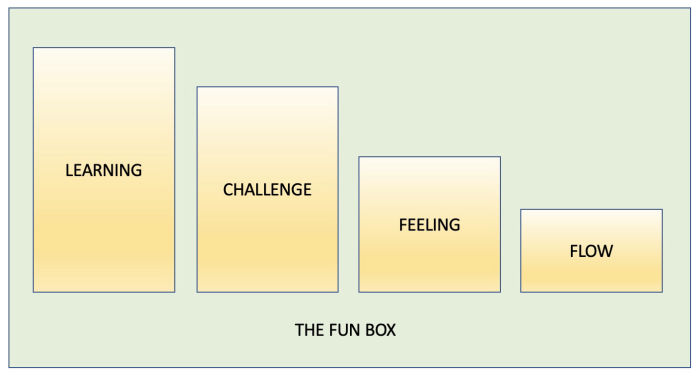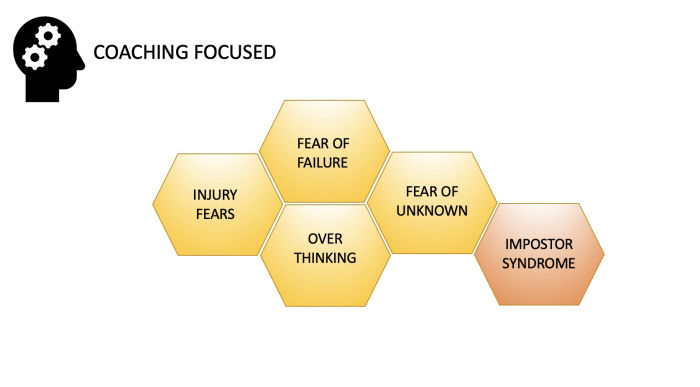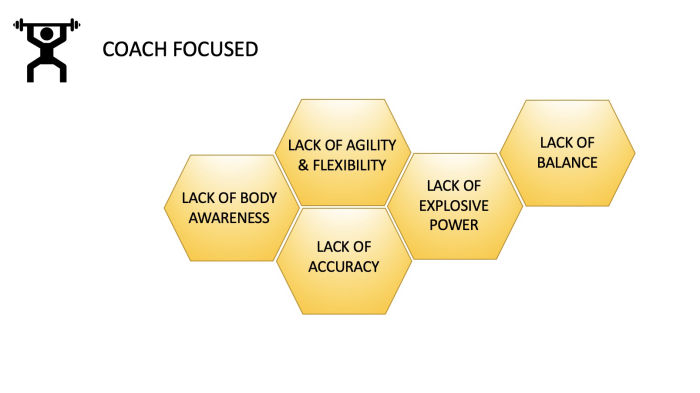Lack of agility & flexibility
- Riders often lack range of movement and muscular flexibility.
- A common cause of injury as the body is not used to these movements.
- Basic pop, ollie, jumping drills build agility
- Grabbing the board or other fun movements can start to highly flexibility shortfalls.
Lack of body awareness of proprioception
- As riders move do they truly know where their body is?
- When upside down are they aware of their surroundings?
- When rotating can they adjust in the air for landings?
- Blind turning, or teaming up to support blind falling leaf disconnects the vision and boosts feeling and body awareness.
Lack of body accuracy
- Can they be precise and accurate in their movements?
- Freestyle features require a high degree of accuracy. Test those skills off-feature first.
- Static jumping onto tiny feature or fun games like snowboard football can boost this.
Lack of explosive power
- 100% focused effort that will significantly reduce the risk of injury.
- Riders often lack focused and accurate aggressive power to make moves happen.
- Various flatland tricks and off snow plyometrics can help develop self generating power.
Lack of balance
- The basic foundation of snowsports, yet a very obvious weakness in a lot of riders.
- Can they balance on 1 foot? San they swap between balanced feet?
To solve these problems you'll have to get creative with your own training and the training you provide for your clients. If it's a short session then you'll have to work around their natural physical blocks.
If you're working with clients over a longer period discussions of further training can be approached. However, fitness is very personal so it's prudent to approach these aspects softly. Highlighting their weaknesses through fun drills and games can gives them a realisation of further work that's required without you singling out those weaknesses.
It's good to be aware of different techniques off-snow to help iron out physical weaknesses. To become fully aware of these you should experiment with your own training.
If they’re truly in it for the long game you can suggest those baby steps for long-term benefits.
The key is don’t lecture. Inform and discuss your own journey. Speak from a place of experience and remember that long-lasting change take time.
My own personal fitness journey has taken many different paths in search of areas that would help my snowboarding progress. One such avenue has been parkour. This short video shows some of the drills I've used to help me work towards some more technical freestyle focused moves.




